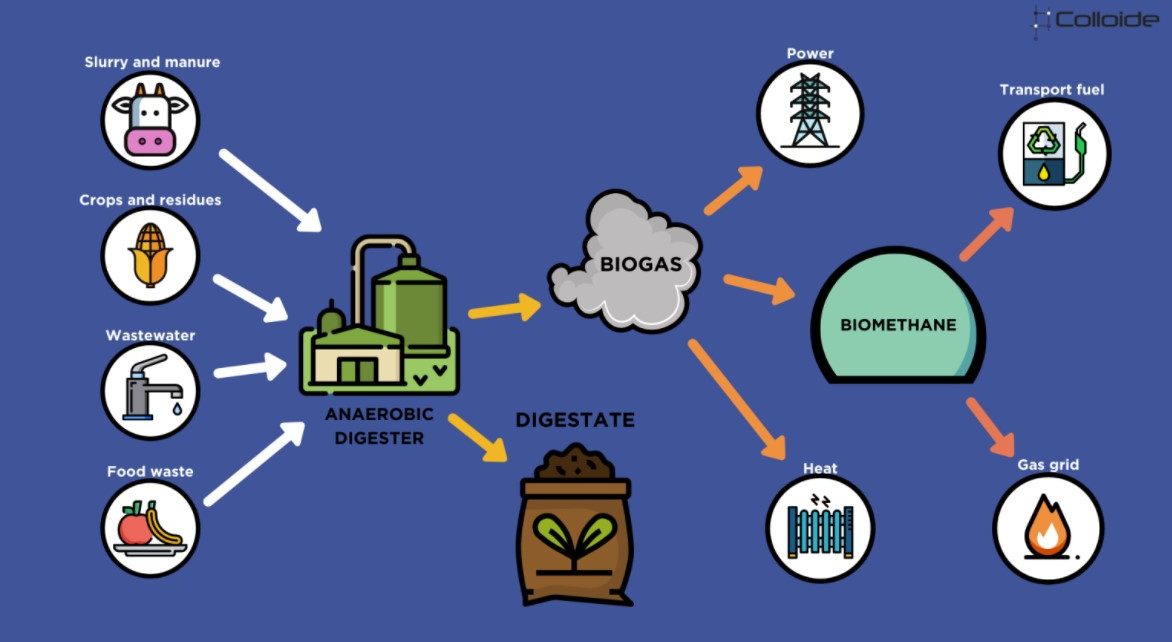Anaerobic digestion processes work by breaking down organic matter into biogas (methane) and compost. These two products are then used to create fertilizer for crops. Anaerobic digestion is a natural process that occurs in the digestive system of animals. In humans, the process happens in the colon.
The first step in anaerobic digestion is called hydrolysis. Hydrolysis breaks down complex molecules into smaller ones. When we digest food, the enzymes in our stomach break down the food into its basic components. These components are then absorbed into the bloodstream where they are transported throughout the body.
In the digestive system, bacteria perform the second stage of anaerobic digestion. Bacteria use the simple compounds created by hydrolysis to produce more complex compounds. As these bacteria continue to multiply, they begin producing methane gas. Methane is the end product of anaerobic digestion and is released into the atmosphere.
Methane is not harmful to people or animals. However, if it gets trapped underground, it could cause problems. If enough methane accumulates, it could lead to explosions.
Anaerobic digestion is a great way to recycle organic material. It helps reduce pollution and greenhouse gases. It also creates a renewable resource – biogas. Biogas is a clean fuel that can be used to generate electricity.






